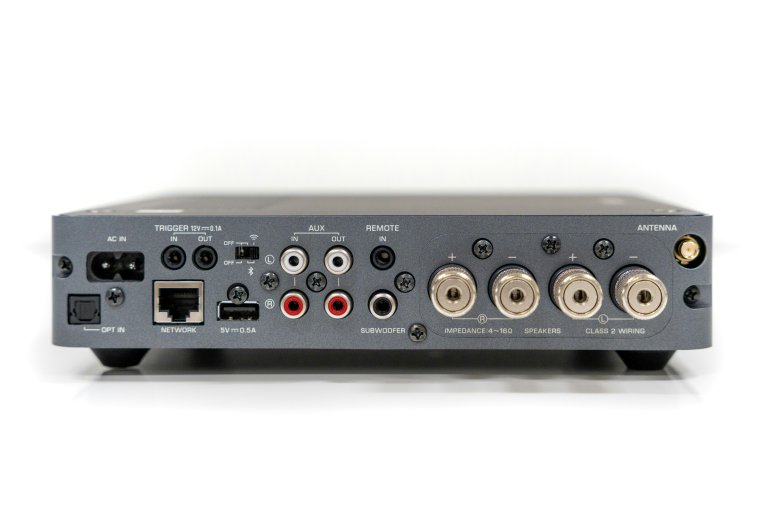Why Speakers Sound Good: The Science Behind Audio Quality
When it comes to listening to music, watching movies, or even making phone calls, having a good set of speakers can make all the difference. But have you ever wondered why some speakers sound better than others? What exactly makes a speaker sound good? In this article, we’ll dive into the science behind audio quality and explain why speakers sound good.
The Importance of Frequency Response
In order to understand why speakers sound good, we first need to understand the concept of frequency response. In simple terms, frequency response refers to the range of frequencies that a speaker can accurately reproduce. Our ears can perceive sounds from 20Hz (low bass) to 20kHz (high treble). Therefore, a speaker with a frequency response that covers this whole range is considered to have a “flat” response, meaning it can accurately reproduce all the frequencies within this range.
Speakers with a flat frequency response are often considered to sound “good” because they can reproduce audio in a way that is faithful to the original source. This is why audio enthusiasts and professionals often look for speakers with a flat frequency response when making purchasing decisions.
The Role of Speaker Components
Now that we understand the concept of frequency response, let’s take a closer look at the different components that make up a speaker and how they contribute to its overall sound quality.
Drivers
The most important component of a speaker when it comes to sound quality is the driver. Drivers are responsible for converting the electrical signals from the amplifier into sound waves. They come in different sizes and designs, such as woofers (for low frequencies), tweeters (for high frequencies), and midrange drivers (for mid frequencies).
The size and material of the driver can greatly affect the sound quality of a speaker. A larger driver can move more air, resulting in better bass response, while a smaller driver can provide better detail and clarity in the high frequencies. The material of the driver can also make a difference in sound quality. For example, a paper cone driver may produce a warmer sound compared to a metal cone driver.
Crossover Networks
In order to accurately reproduce a wide range of frequencies, most speakers use multiple drivers. Crossover networks are responsible for dividing the audio signal and sending each frequency range to the appropriate driver. A well-designed crossover network can help prevent interference between the different frequencies and ensure a smooth transition between them, resulting in better overall sound quality.
Enclosures
The enclosure of a speaker can also play a role in its sound quality. A well-constructed and well-designed enclosure can help enhance the performance of the drivers and prevent unwanted vibrations or resonances. Enclosures can come in different shapes and sizes, such as a bass-reflex design (with a port for increased bass response) or a sealed design (for more accurate bass response).
Additional Factors That Affect Sound Quality
Aside from the components mentioned above, there are also other factors that can affect the sound quality of speakers.
Amplifiers
The amplifier is responsible for powering the speakers and providing the necessary electrical signals for them to produce sound. A high-quality amplifier can help improve the overall sound quality of speakers by providing clean, distortion-free power. It is important to pair speakers with an amplifier that is compatible and capable of providing enough power for optimal performance.
Room Acoustics
The environment in which speakers are placed can also affect their sound quality. The size, shape, and furnishings in a room can all impact the way sound waves travel, resulting in changes in frequency response and overall sound quality. This is why some speakers may sound great in one room, but not as good in another.
Placement and Positioning
How speakers are positioned in a room can also make a difference in sound quality. Placing speakers too close to walls or corners can result in excessive bass or boomy sound, while placing them too far apart can lead to a lack of stereo imaging. It is important to experiment with speaker placement in order to find the optimal position for the best sound quality.
In Conclusion
Speakers sound good when they can accurately reproduce a wide range of frequencies in a faithful manner. This is achieved through the use of high-quality components such as drivers, crossovers, and enclosures, as well as a compatible amplifier and a suitable listening environment. By understanding the science behind audio quality and considering these factors, you can make informed decisions when it comes to purchasing and setting up your speakers for the best sound experience.
